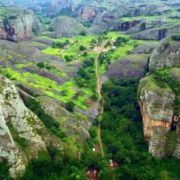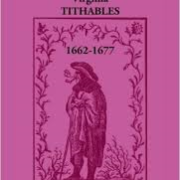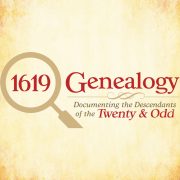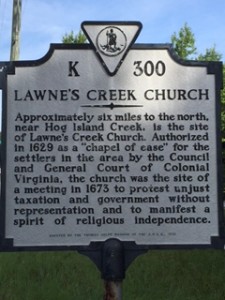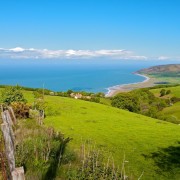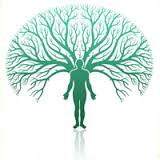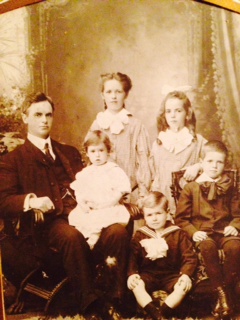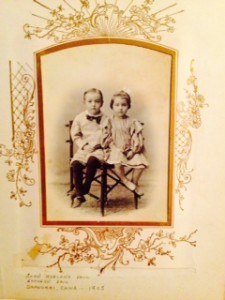In the beginning, I didn’t understand where the desire came. I just knew it was there. The desire quickly became a passion and consequently an addiction.
Nine years ago, looking for my husband’s ancestors, I came across a woman whose allure was irresistible. As a genealogist, I find many significant people with vital stories throughout history. Why was this one so overwhelmingly important?
Her name was Margaret Cornish. She was one of the first Africans to arrive in the English settlement of Virginia in 1619. The desire to understand where she came from and how she found herself in an English settlement became intoxicating. Every hour of every day filled with questions overwhelming my senses. My husband’s 9th generation great-grandmother had captured my mind like she was captured by the marauders of her kingdom almost four-hundred years ago. Some 20,000 + hours of research turned into a series of novels with the first book winning a national gold medal. But, the grandest surprise was yet to come.
As my own 97-year-old grandmother’s health began to fail, and with her tireless urging, I collected her DNA. Then in June of 2014 her spirit passed into the land of our ancestors and I said goodbye to a woman of unwavering faith. Simultaneously, I received her DNA results and the explanation of my addiction quickly became crystal clear. Margaret Cornish wasn’t only my husband’s ancestor, but mine as well. With tears of joy streaming down my face I began to understand. The addiction I felt was a scream from within myself. A memory from within my own DNA begging to be heard. Finally, I understood my fate was deep within my own DNA. A story of an ancestor begging to be told.
Join my journey as I take you down the path of Margaret Cornish’s life, one of FATE & FREEDOM.



